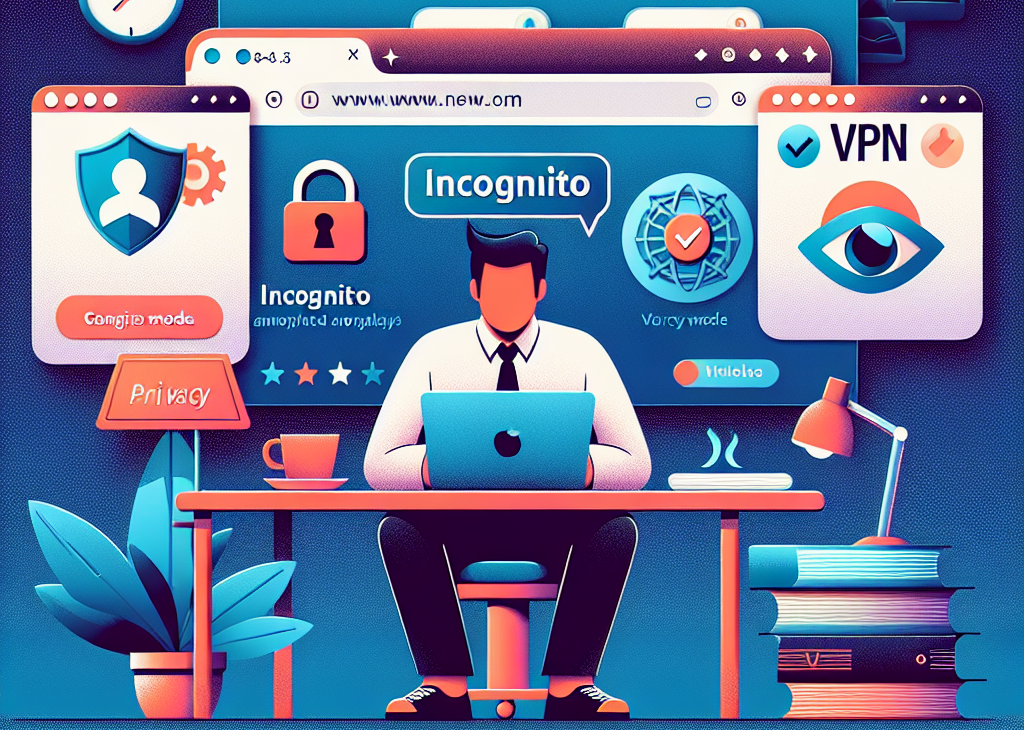How to Browse the Web Anonymously

In a world where every click, scroll, and search can be tracked, maintaining your privacy online has never been more challenging—or more essential. Whether you’re a journalist protecting sources, a concerned citizen sidestepping invasive ads, or simply someone who values discretion, learning to browse anonymously empowers you to reclaim control over your digital footprint. This guide unpacks the strategies, tools, and best practices you need to surf the web without leaving a trace.
1. Understand Why Anonymity Matters
Before diving into tools, it helps to clarify what you’re defending against. Modern tracking methods include:
- Browser Fingerprinting: Using your device’s unique combination of fonts, extensions, and hardware details to identify you.
- Cookies & Supercookies: Small data files that follow you from site to site, building a profile of your interests.
- IP Logging: Every website sees your IP address, which can reveal your approximate location or internet service provider.
- Third-Party Trackers: Scripts embedded in pages that collect behavior data and sell it to advertisers or data brokers.
By knowing these threats, you can choose the right countermeasures and understand their limitations.
2. Define Your Threat Model
Anonymity isn’t a one-size-fits-all solution. Ask yourself:
- Who are you hiding from? (Governments, advertisers, ISPs, hackers?)
- What information matters most? (Location, identity, browsing habits?)
- How sophisticated are your adversaries? (Casual trackers vs. state-level actors?)
Your answers determine whether a simple VPN suffices or if you need a hardened setup like Tails OS and Tor.
3. Tor: The Gold Standard for Anonymity
The Tor network routes your traffic through a global volunteer overlay of relays, making it extremely difficult to trace requests back to you. Key points:
- Onion Routing: Data is encrypted in layers, peeling off at each relay so no single node knows both origin and destination.
- Tor Browser: A modified Firefox bundle that isolates tabs, disables plugins, and randomizes browser fingerprint.
- Drawbacks: Slower speeds, sometimes blocked by websites, and risk of malicious exit nodes.
Use Tor for sensitive research, whistleblowing, or bypassing heavy censorship, but combine it with other measures for better security.
4. VPNs: Privacy with Performance
Virtual Private Networks (VPNs) encrypt your traffic between your device and the VPN server, masking your IP and location. Benefits include:
- Speed: Generally faster than Tor, suitable for streaming and large downloads.
- Ease of Use: One-click apps for desktop and mobile.
- Server Choice: Ability to hop between countries.
However, you trade some trust: you need to trust the VPN provider not to log or sell your data. Look for:
- No-logs policies audited by independent firms.
- Jurisdictions outside of 5/9/14-Eyes alliances.
- Strong encryption standards (AES-256, OpenVPN or WireGuard).
5. Proxy Servers & SSH Tunnels
If you don’t need full-disk encryption or wish to anonymize just a specific application:
- HTTP/SOCKS Proxies: Forward traffic via a remote server. Easy to configure in browsers or torrent clients.
- SSH Tunnels: Securely forward traffic over an SSH connection to a remote host you control.
These methods can hide your IP but don’t encrypt traffic end-to-end unless you combine them with HTTPS or a VPN layer.
6. Privacy-Focused Browsers & Extensions
Your choice of browser and add-ons critically shapes your anonymity:
- Brave: Blocks ads, cookies, fingerprinting, and can route select tabs through Tor.
- Firefox (Hardened): With privacy settings tweaked, it offers strong anti-fingerprinting rules.
- Extensions:
- uBlock Origin: Blocks ads and trackers.
- HTTPS Everywhere: Forces secure connections where available.
- Privacy Badger: Learns and blocks stealthy trackers.
- NoScript (Advanced): Controls JavaScript execution on untrusted sites.
Limit extensions to those you truly trust; each one increases your browser’s fingerprint.
7. Privacy-Focused Search Engines
Mainstream search engines log queries and associate them with your IP. Consider:
- DuckDuckGo: Doesn’t store search history or build profiles.
- Startpage: Google results without tracking you.
- Searx: Open-source meta-search engine you can self-host for ultimate control.
Pair these with private browsers or Tor to avoid leaking queries.
8. Hardening Your Browser
Beyond extensions, tweak settings to minimize data leakage:
- Disable or block third-party cookies.
- Turn off WebGL and reduce canvas fingerprinting.
- Use strict site-isolation and clear storage on exit.
- Enable “Do Not Track,” knowing some sites ignore it.
- Regularly clear cache, history, and cookie stores—or use automatic session isolation.
Each small change chips away at your browser’s unique signature.
9. Advanced Tools & Techniques
For those with higher security needs:
- Tails OS: A live Linux distro that runs from USB, routing all traffic through Tor and leaving no trace on the host system.
- Qubes OS: Micro-VMs isolate tasks so that a breach in one compartment doesn’t compromise the rest.
- I2P (Invisible Internet Project): Anonymizing network similar to Tor, but optimized for hidden services and P2P.
- Whonix: VM-based approach combining Tor Gateway and Workstation for leak-proof anonymity.
Embrace these only if you’re comfortable managing virtual machines and live-boot environments.
10. Best Practices for Staying Anonymous
Tools alone aren’t foolproof. Adopt these habits:
- Separate Identities: Use distinct browsers/profiles/VMs for different personas (e.g., banking vs. whistleblowing).
- Avoid Personal Logins: Don’t log into social media or email in your anonymous session.
- Mind Your Metadata: Photos, documents, and URLs can embed location or identity clues. Scrub files before sharing.
- Beware Public Wi-Fi: Use a trusted VPN to encrypt traffic on untrusted networks.
- Update Regularly: Patches fix anonymity-killing vulnerabilities.
By blending robust tools with disciplined habits, you maintain a strong defense against digital snooping.
Conclusion
Anonymity on the web isn’t a single checkbox—it’s an evolving practice that balances security, convenience, and trust. Start by defining your threat model, then layer multiple defenses: Tor for maximum privacy, VPNs for performance, hardened browsers, and serious live-boot OS options for high-stakes scenarios. Pair these with mindful browsing habits—clearing cookies, separating identities, and using privacy-focused services—and you’ll dramatically reduce the likelihood that corporations, hackers, or governments can trace your digital footprints.





